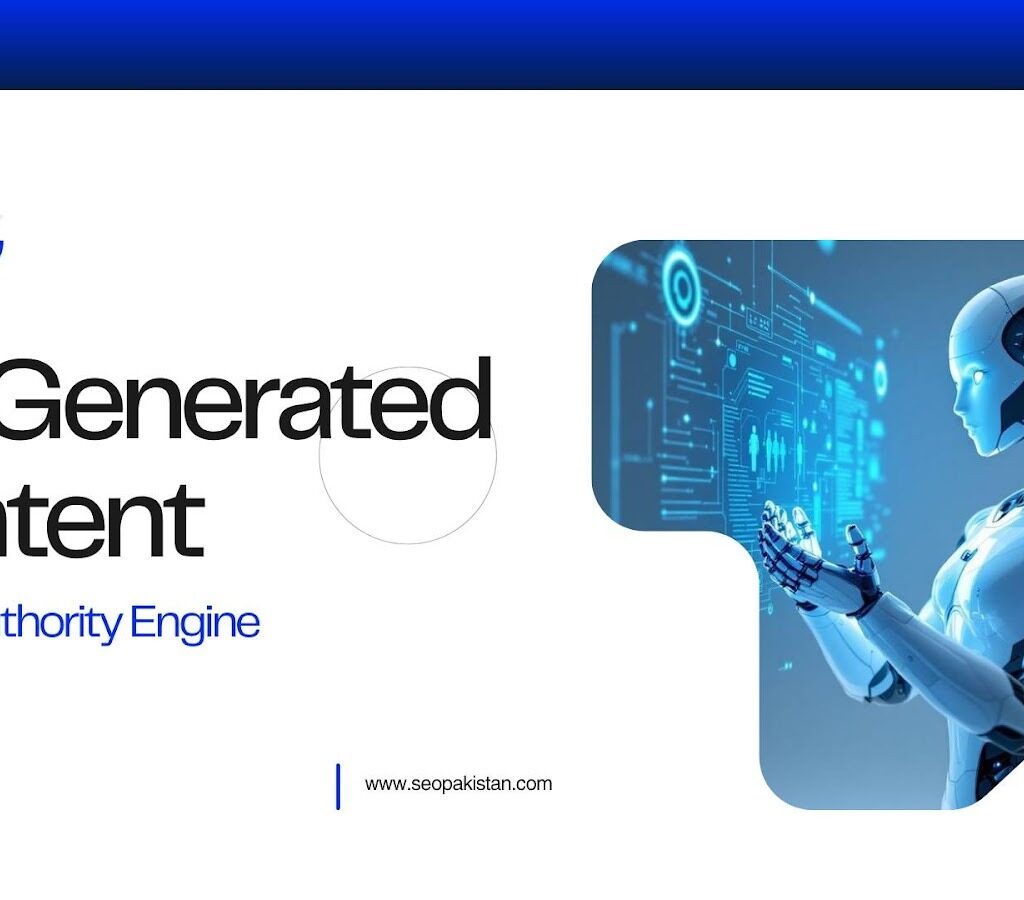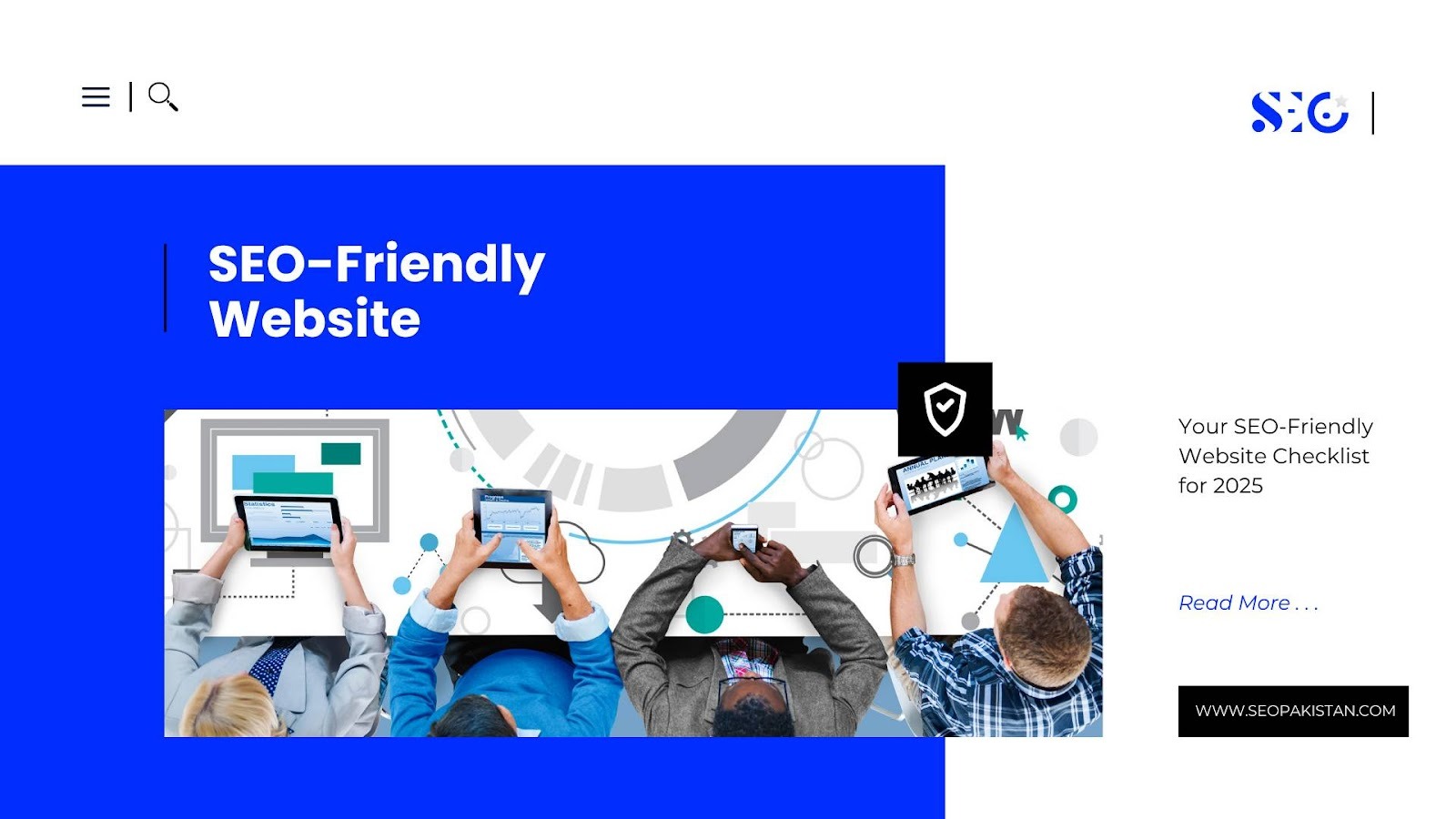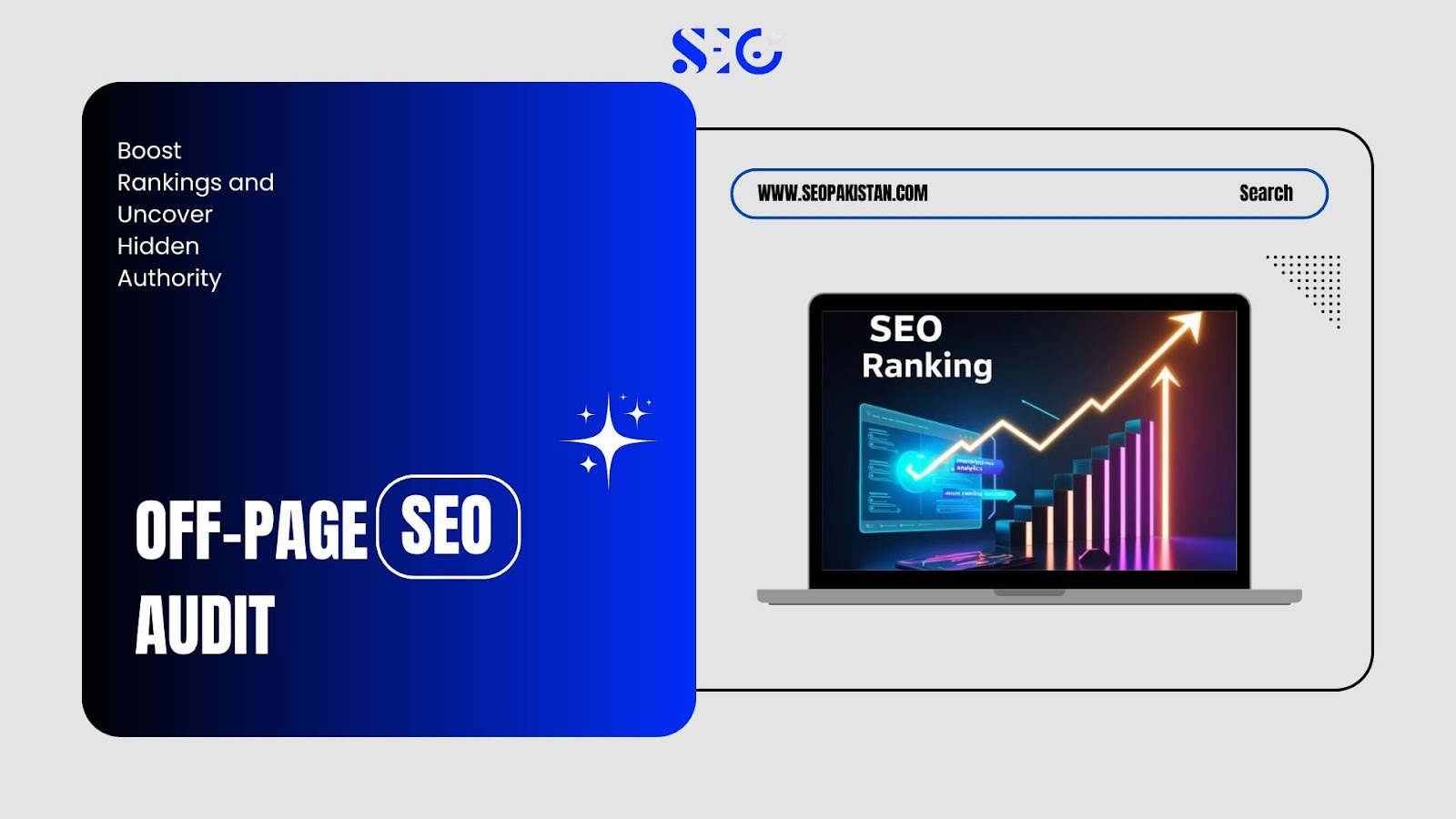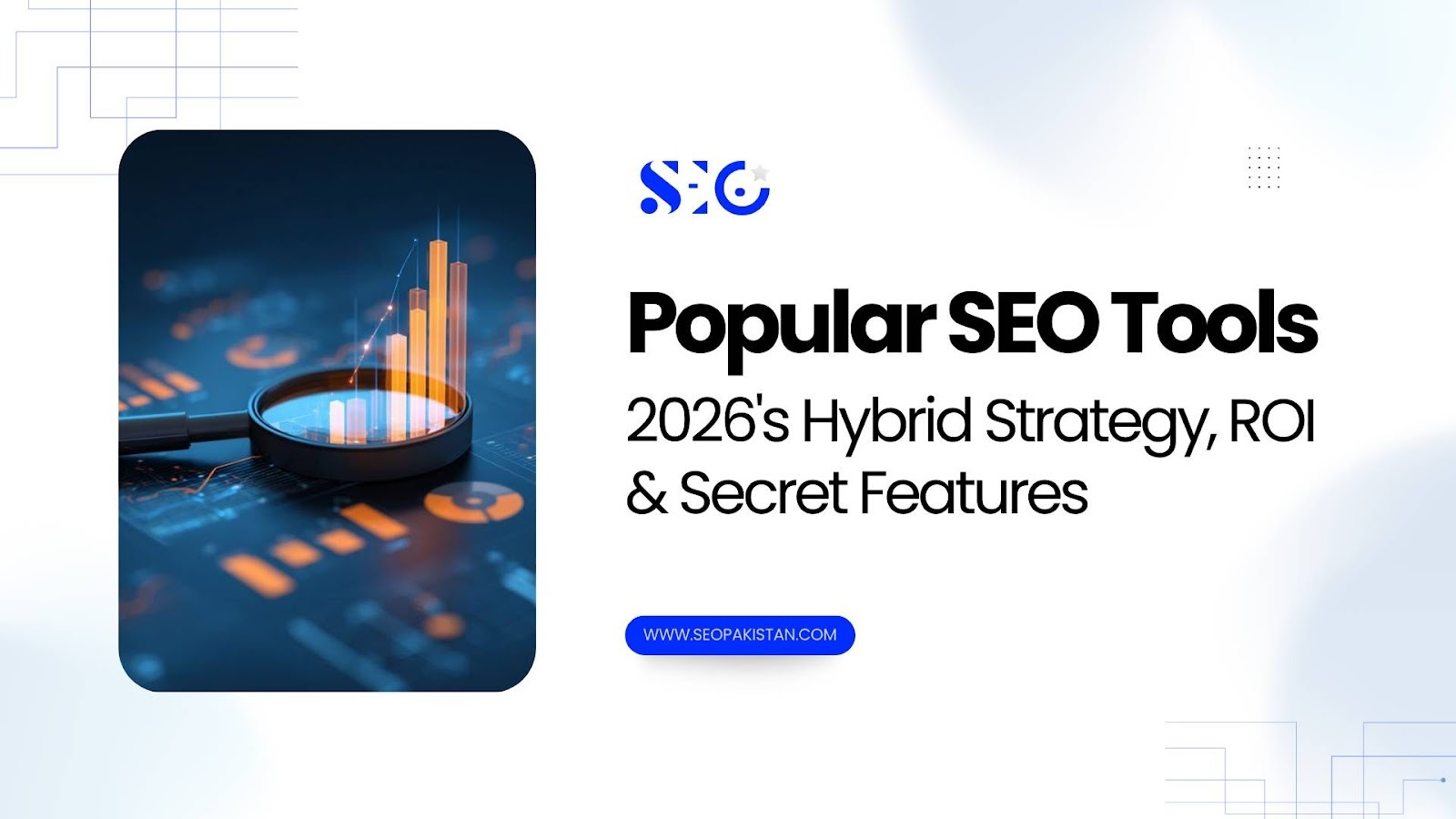Content creation now faces a new challenge: speed versus trust. Artificial intelligence enables organizations to produce content at scale and with impressive speed, but human oversight is still crucial to build trust and meet E-E-A-T principles.
The rise of AI tools and generative AI puts the focus on delivering high-quality content that fully satisfies user search intent. Every piece of AI-generated content and AI-generated materials must pass a single test: does this content deliver reliable, up-to-date information and fully meet user needs? If not, it fails, regardless of how fast it was produced.
This blog provides a step-by-step blueprint for leveraging AI-generated content tools to amplify human expertise, optimize for search engines, and establish authority. By combining artificial intelligence with human authorship, you can create content that dominates Google’s E-E-A-T guidelines and outperforms generic content generators.
The Content Bottleneck: Speed, Scale, and the E-E-A-T Gap
Most digital marketing teams struggle to produce content at the volume and quality required for competitive search rankings. Examine these core strategies and their limitations in the age of generative AI:
Alternatives to AI-Generated Content
| Content Strategy | Core Feature | Why It Fails at Scale |
| 100% Human In-House Team | Highest E-E-A-T potential and authentic human writing. | Not scalable. High costs and time investment prevent producing enough fresh ideas and long-form articles for an authority. |
| Traditional Freelance/Outsourcing | Access to specialized skills and human writers. | Quality concerns due to inconsistent style and extra editing. Supervision is required to maintain standards and avoid content dilution. |
| Traditional Content Siloing | A clear website structure, key to search engine optimization. | Lacks equity flow and relevant keywords between related content generated by siloed writers or teams. |
How AI Content Generation Works
Generative artificial intelligence, including large language models (LLMs), uses machine learning and natural language processing to generate content. These AI models, like GPT and Gemini, scan vast training data and existing data to predict the next word or phrase based on user prompts.
While AI content generation and image generation can speed up the content creation process, overreliance on AI-generated text often leads to generic output or quality concerns. Human oversight, prompt engineering, and injecting expertise are critical to create content that is unique, accurate, and valuable.
The Strategic Foundation: What, Why, and Where
Before you create content with generative AI tools, understand the types of AI-generated work and their uses in content creation.
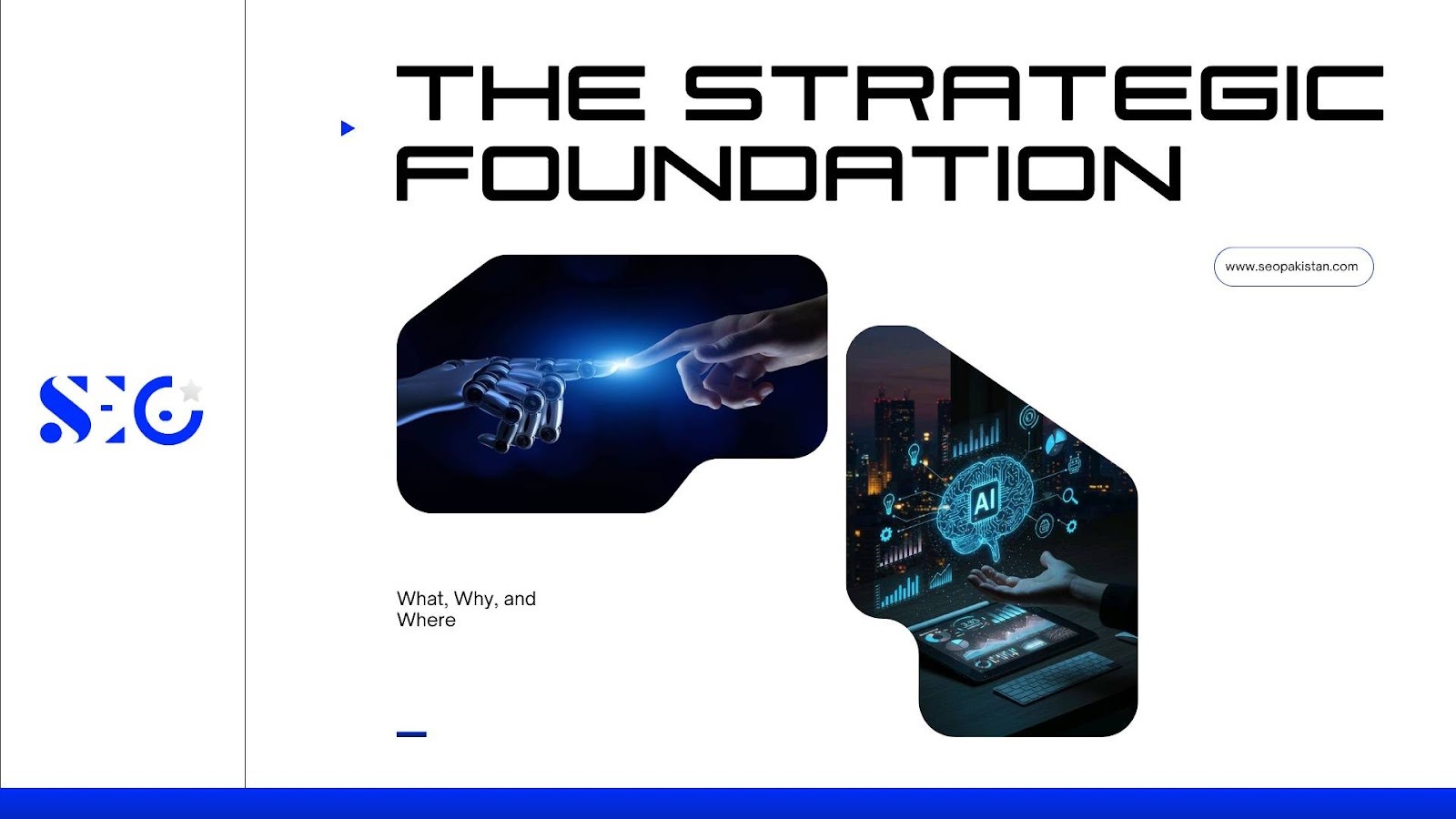
Types of AI-Generated Content
AI-generated content now spans multiple formats, each powered by generative artificial intelligence. From text and images to audio and video, these tools enable you to produce content efficiently for any digital marketing need.
- Text (LLMs): Generate long-form articles, short-form content, social media posts, summaries, product descriptions, high-conversion ad copy, and meta descriptions. Spotting AI-generated text is increasingly important for search results and quality content.
- Visual Content (GANs/Diffusion Models): AI-generated images, marketing materials, product photography, and even AI-generated videos enhance digital marketing assets.
- Audio Content (Voice Synthesis): Create voiceovers for video, podcast snippets, music, and social media post narration.
Why AI Content is Important for Small Businesses
Small businesses face tight resources and fierce competition. AI-generated content levels the playing field by making content creation faster, more affordable, and scalable. This is a game-changer for growth and visibility.
AI content generation tools allow small teams to keep pace with larger enterprises in content production and search engine results.
- Content Volume Equalizer: Rapidly generate foundational content clusters (FAQs, guides) and social media posts needed for topical authority.
- Authority Acceleration: Quickly build internal clusters and leverage AI tools to deliver quality content that boosts search rankings on a tight budget.
- Speed-to-Market: Rapidly produce content landing pages, ad copy, and AI-generated materials before competitors, securing first-mover advantage.
Benefits and Limitations
| Factor | AI-Generated Content (With Human Oversight) | Purely Human-Generated Content |
| Production Speed | 5x-10x faster for content generation. | Limited by the writing process and manual research. |
| Scalability | Scale quickly using content generation tools. | Requires larger teams for high-volume content. |
| Cost | Lower cost per asset or article. | High salary or freelance costs for human-written content. |
| Primary Limitation | Quality concerns: risk of hallucinations and generic AI-generated text. | Writer’s block, inconsistent voice, and scalability issues. |
| Primary Challenge | Balancing human oversight and generative AI tools for authoritative content. | Keep up with content optimization and topical coverage. |
Execution & E-E-A-T: Best Practices
This section outlines actionable strategies to navigate the challenges of AI-generated content. You will discover how to maintain high standards of Experience, Expertise, Authoritativeness, and Trustworthiness (E-E-A-T) while using AI tools, ensuring your content remains valuable and aligned with best practices.
Using an AI content creator introduces unique ethical considerations. Human oversight remains essential to avoid low-value, misleading, or inaccurate AI-generated content work.
Unique Digital Challenges
- Content Dilution: Too much generated content can drown out expert, human-generated content, impacting search engine optimization and user experience.
- Copyright & Training Data Risk: Generative AI sometimes uses copyrighted training data, raising ethical concerns and legal questions.
- Search Engine Penalty Risk: Thin, unedited AI content can harm rankings as search engines, especially Google search, now detect and penalize spammy or low-quality content.
Uses for AI-Generated Content
- Content Clustering: Leverage generative AI tools to produce long-tail, high-quality content clusters supporting pillar pages.
- Multilingual Expansion: Translate and localize content to reach new audiences and boost search results in global markets.
- Video Scripting & Voiceovers: Generate content for AI-generated videos, podcasts, and short-form content efficiently.
- SEO Elements: Automate on-page SEO elements such as metadata, relevant keywords, and schema markup for higher visibility.
The Human Mandate: Best Practices for E-E-A-T
To ensure AI-generated content delivers reliable value and meets search engine standards, a strong human mandate is vital. Human writers and editors must guide, refine, and verify every stage of the content creation process.
This hands-on oversight guarantees expertise, experience, authoritativeness, and trust, core E-E-A-T elements that AI tools alone cannot replicate.
- Fact-Check Everything: Use human authorship to review and verify all machine learning outputs, data, and statistics.
- Inject Experience: Add personal insights, up-to-date information, and proprietary data for the “Experience” signal essential for E-E-A-T and content optimization.
- Be Transparent: Attribute content created by credible contributors. This builds trust and highlights human oversight in the content creation process.
AI Content Generation Requirements
- Expert Human Editor: Human writers must edit, review, and add value to maintain E-E-A-T and quality content standards.
- Prompt Engineering Skill: Create persona-driven prompts to help AI tools offer content aligned with complex data sets and user search intent.
- Zero-Tolerance Policy: Remove low-value or cannibalizing AI-generated work to safeguard authority and boost relevant search rankings.
The Future & The Tools
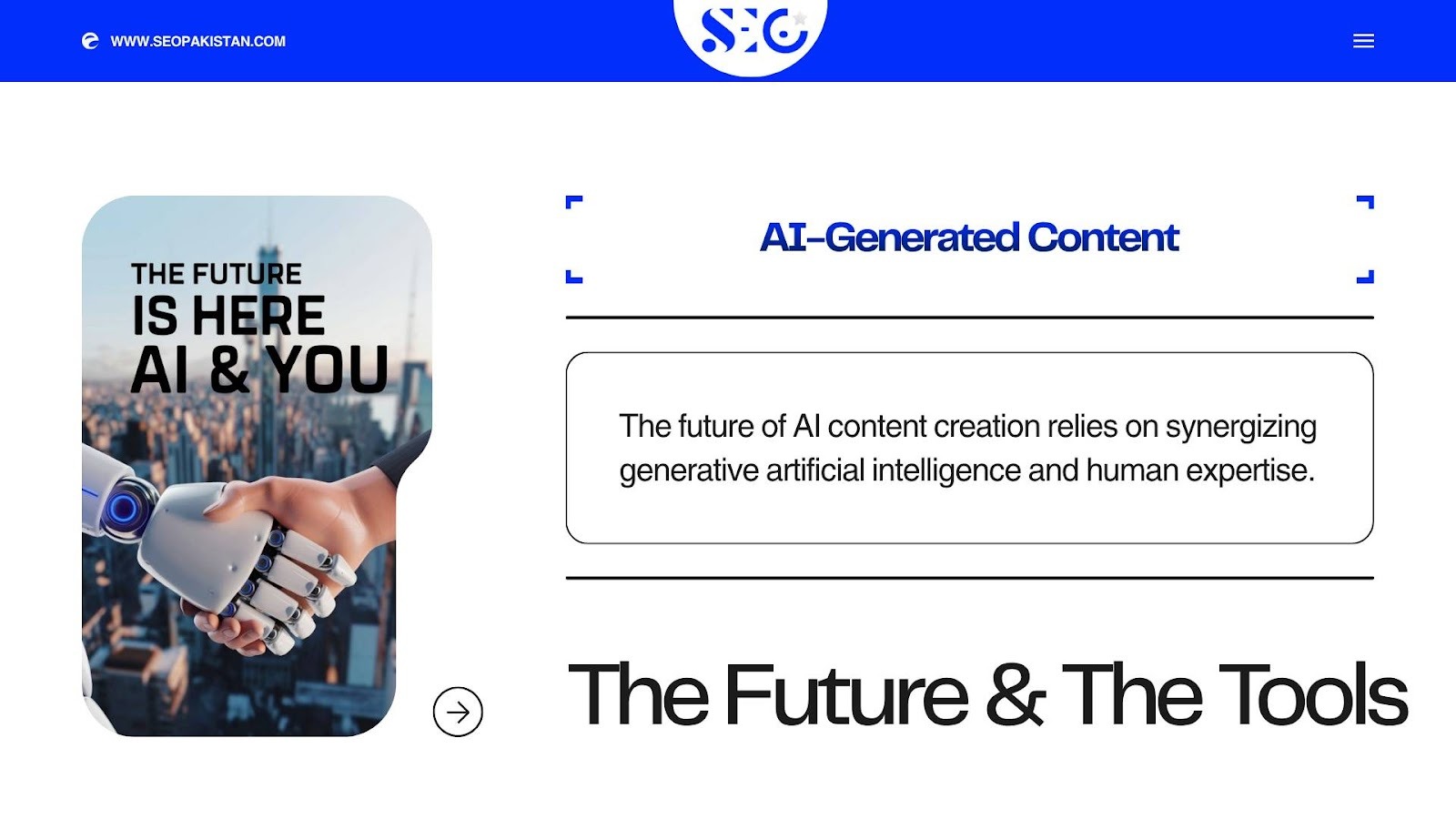
The future of AI content creation relies on synergizing generative artificial intelligence and human expertise.
The Future of AI in Business
Artificial intelligence is evolving rapidly, transforming the content creation process for businesses of all sizes. The integration of advanced AI tools, large language models, and generative AI will drive new opportunities for producing high-quality content at scale.
Understanding these trends helps brands leverage AI to maintain authority, efficiency, and relevance.
- Strategy Co-Pilot: AI models and AI detection tools will analyze site and Google Search Console data, identifying fresh opportunities to generate content and improve search engine results.
- Hyper-Personalization: Generative AI and machine learning algorithms will tailor content to user preferences, buying stages, and digital marketing needs.
The 5-Step Human-AI Workflow
- Human Intent Mapping: Pinpoint search intent and the content’s purpose using keyword research.
- Persona-First Prompting: Guide AI tools with prompts that embody E-E-A-T and clear content objectives.
- AI Draft & Source Bridge: Generate content leveraging proprietary data, then add relevant keywords and internal links.
- The Expertise Filter: Human authorship ensures fact-checking, adds nuance, boosts trust, and delivers reliable up to date information.
- Authority Link Mandate: Optimize with strategic internal linking to improve search engine optimization and support content clusters.
10 Secret Tools for AI Content Mastery
Use these content generation tools to streamline content, manage ethical considerations, and enhance AI content.
- DeepBrain AI: Generate AI-generated videos and video avatars for high-impact marketing materials.
- Writer.com: Enforce brand voice, style, and quality content across all AI-generated text and social media posts.
- Descript: Efficient editing of audio and video content. Edit via text transcript to speed up multimedia content writers’ workflows.
- Surfer’s Content Planner: Visualize digital marketing clusters, track keyword research, and support authority-bearing internal links.
- Scalenut’s Topic Cluster Generator: Use natural language processing to generate content clusters full of relevant keywords.
- Adobe Firefly: Commercially safe image generation for visual content that enhances landing pages and product descriptions.
- Browse AI: an AI tool for data scraping from competitor sites, finding fresh ideas, and keyword opportunities to feed into your AI model.
- Synthesia: Create generated videos featuring digital presenters, ideal for social media posts and campaigns.
- Rytr: Efficient content generator for ad copy, email subject lines, and short-form content with high conversion rates.
- Copy.ai’s Workflow Feature: Build AI-powered, multi-step workflows for complex content creation and editing tasks.
Final Thoughts: Your Legacy as an Authority
The next era of AI-Generated Content is not about replacing human writers but supporting them with generative AI tools and machine learning algorithms. By combining generative AI with expert human oversight, clear prompt engineering, and cutting-edge tools, you deliver reliable, optimized, and ethical content that consistently ranks higher in search engines.
Which AI tool or strategy will you use this week to produce content that outshines the competition and builds lasting authority in your market? Ready to elevate your digital marketing?
Choose one of the strategies or tools above and put it into action. Start generating high-quality, AI-driven content today to strengthen your authority and lead your industry forward with seo pakistan.
Frequently Asked Questions
What is AI-generated content?
AI-generated content is text, images, or other media created by artificial intelligence tools using algorithms and data to produce outputs based on user prompts.
How to generate AI content for free?
You can use free AI tools like ChatGPT (free tier) or Canva’s AI features to create content. However, free versions may have limitations in quality and features.
Can AI make me a landing page?
Yes, AI tools like Wix ADI or Unbounce Smart Builder can help you design and create landing pages quickly by automating layout and content suggestions.
What is the 30% rule in AI?
The 30% rule in AI often refers to using AI to handle up to 30% of a task, ensuring human oversight for quality and creativity.

